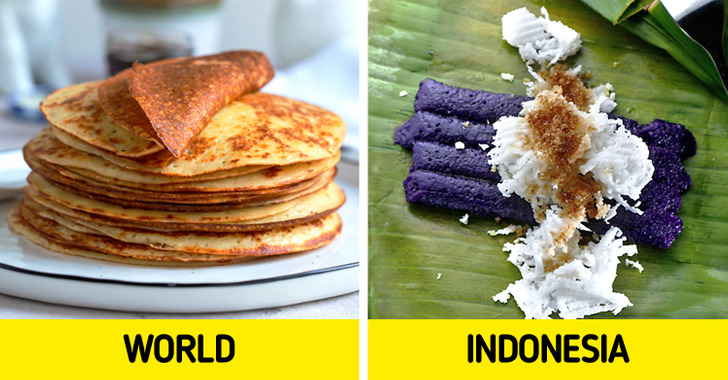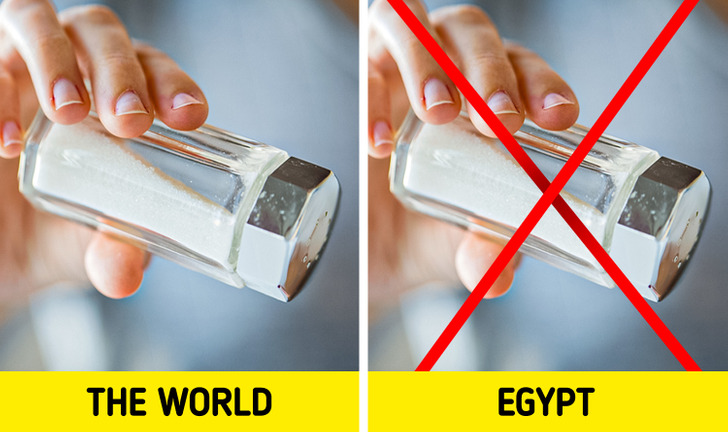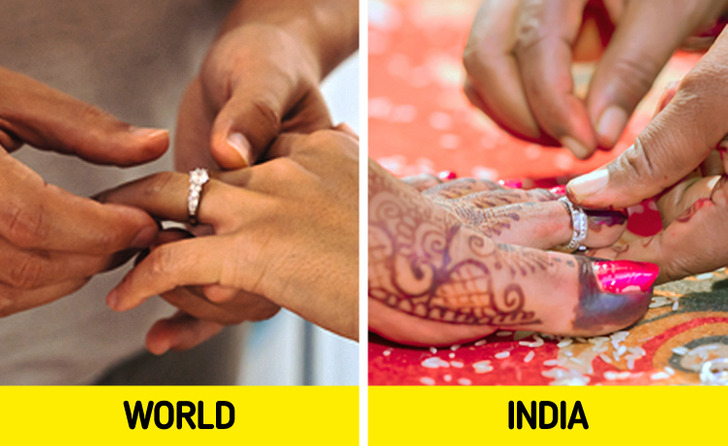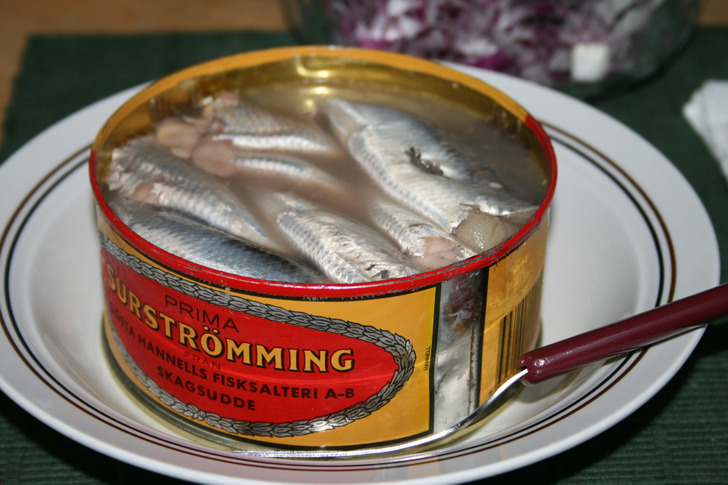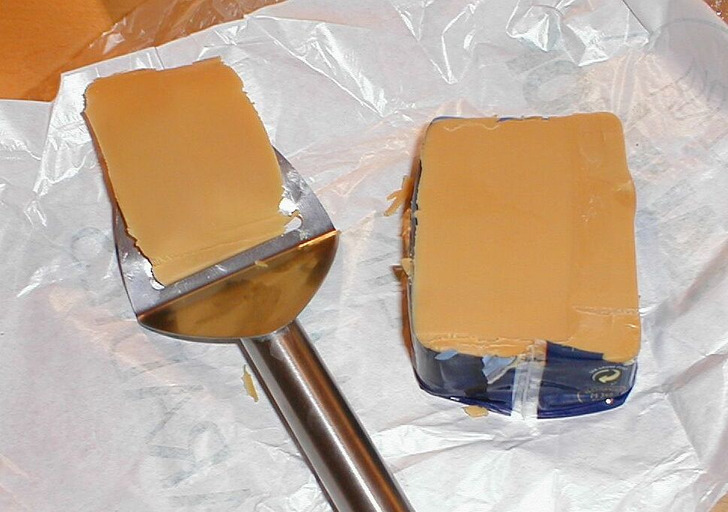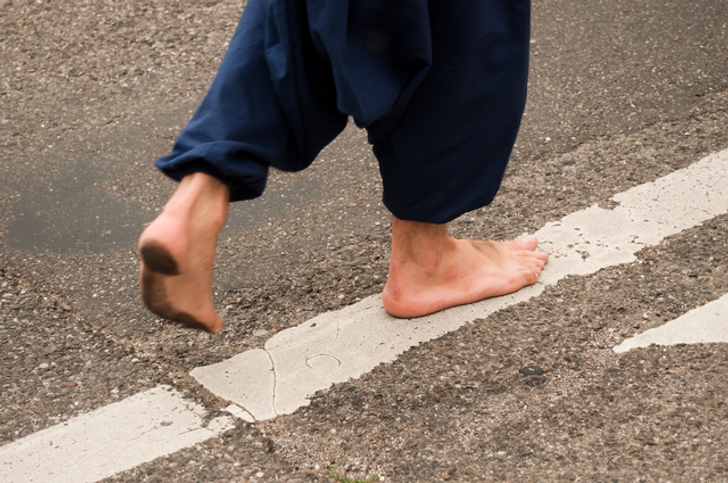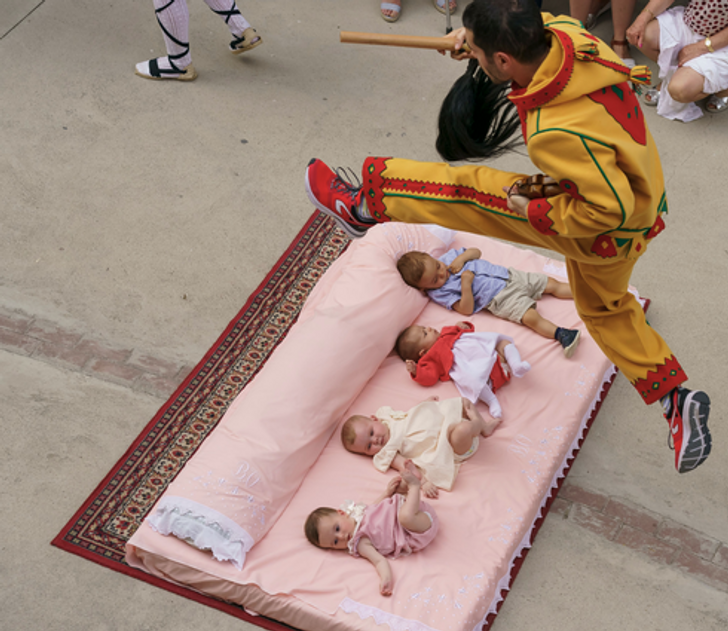Um, we use a cheese slicer here in the UK and have done for as long as I remember & beyond.
9 Unusual Traditions That Are Considered Normal in Other Countries
We’re all different because of our diverse cultures, and it’s a big part of the fun of traveling to discover things about a place that aren’t as common or exist in your home country. But if you know these things, your trip will be more leisurely, and you can avoid embarrassing or funny situations.
Bright Side has always been amazed by how various ethnicities are, so we’d like to give you a few tips to help you get the most out of your journey.
1. In Japan, finger counting is indicated by the hidden figures.
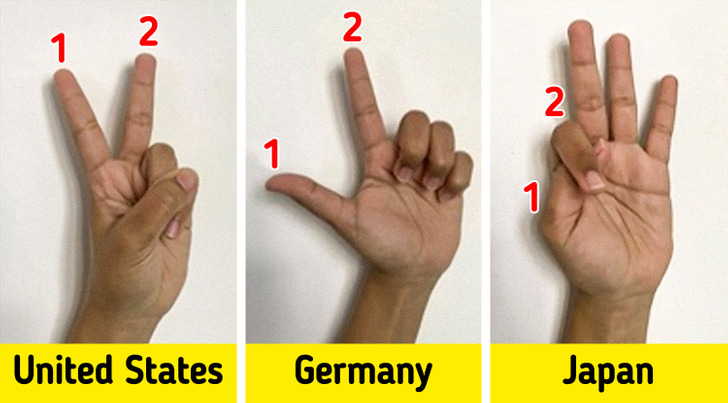
How people in different countries and cultures count on their fingers is very different. Certain cultures start counting from the index finger, just like in the US and China. Others count the number one from their thumb in Germany, Italy, France, and a few other European countries. But in Japan, it’s very different. Instead of putting their fingers up, they hide their fingers to show the number and hide their thumb to count 1.
2. In Indonesia, it is pretty common to use banana leaves as plate covers during meals.
Banana leaves have been used in cooking for a long time, and it is a part of the food culture and tradition in many countries. For example, a banana leaf mat in Indonesia is often used to cover the plate when food is served. In this case, the banana leaf does more than look pretty. It also keeps the vessels from getting too dirty and helps make the cleaning process use less water.
3. In Egypt, you should not ask for salt.
In Egypt, you could offend someone by asking for salt. That’s because it’s a signal to the chef that their food needs more seasoning or “completion” on your part to make it palatable to you. Egyptians consider it an insult since it implies that the guest is disgusted by the food.
4. In India, married women wear toe rings.
Wedding rings are usually worn on the fourth finger of the left hand in the United States and many other Western countries. Indian tradition says it’s worn on the right hand because the left hand is considered dirty.
However, married women in India wear jewelry on more than just their hands. They put them on their feet as well. Hindus have a practice of using a toe ring called Bichiya. It’s put on the second toe of both feet.
5. In South Korea, a newborn baby is considered to be one year old.
A Korean baby is already one year old when they are born—everyone ages one year on January 1, the first day of the New Year. So, a new child born on December 31 will be 2 years old on January 1, the day after. Say you were birthed in the year 2000. It means you are 19 years old in the rest of the world but 20 years old in Korea.
The origins of this system are unknown. Nonetheless, there are other explanations for this peculiar age counting technique. According to one hypothesis, the one year recorded on the day of birth alludes to the 9 months spent in the womb, rounded up to 12. Other hypotheses indicate that early Asian cultures didn’t believe in the concept of the number zero.
6. In Sweden, fermented fish is a food item.
Surströmming which means “sour herring” in Swedish, is Baltic Sea herring that has been fermented with a bit of salt and eaten in Sweden since at least the 16th century.
7. In Norway, people use a special cheese slicer instead of a knife.
When it comes to cheese, the people in Norway don’t mess around. Instead, they use a cheese slicer, which is a kitchen tool that is used often. There are many different kinds of cheese slicers, but which one you need depends on the cheese you want to cut.
8. In New Zealand, shoes are optional.
People don’t have to wear shoes all the time in this laid-back country. Kids often go to the park barefoot, and you can even go into stores and other places of business barefoot. People on the street often don’t have shoes on.
9. In Spain, men jump over newborn babies.
In Castrillo de Murcia, in the north of Spain, people follow a long-time cultural tradition: men dressed in colorful costumes jump over newborn babies in a celebration called “El Salto del Colacho,” aimed to introduce them to local and religious practices.
What things in other countries have shocked you? What else do you think we should add?
Comments
Related Reads
20 Times People Saw Something and Didn’t Know Whether to Laugh or Cry

12 Facts That Prove the Saying, “Everything Was Way Better Back Then,” Doesn’t Make Sense Anymore

13 Stories That Show How Fabulously Greedy Some People Can Be

14 Pictures and Tweets That Quickly Explain Things We Google for Hours

19 People Saw Something So Stunning That They Couldn’t Help but Tell Everyone About It

18 People Whose Self-Awareness Decided to Take a Vacation

12 People Who Learned the Truth When It Was Too Late

12 Single Dads Share Their Most Emotional Stories

20+ Waiters Talk About the Most Awkward Dates They Witnessed Firsthand

My Husband Has to Meet 3 Conditions Before I Get Pregnant — He Refused the Last One

I Discovered My Son Is Not Mine After Catching My Sister Breastfeeding Him

People Shared 15 Awkward Moments That Made Their Stomach Drop

